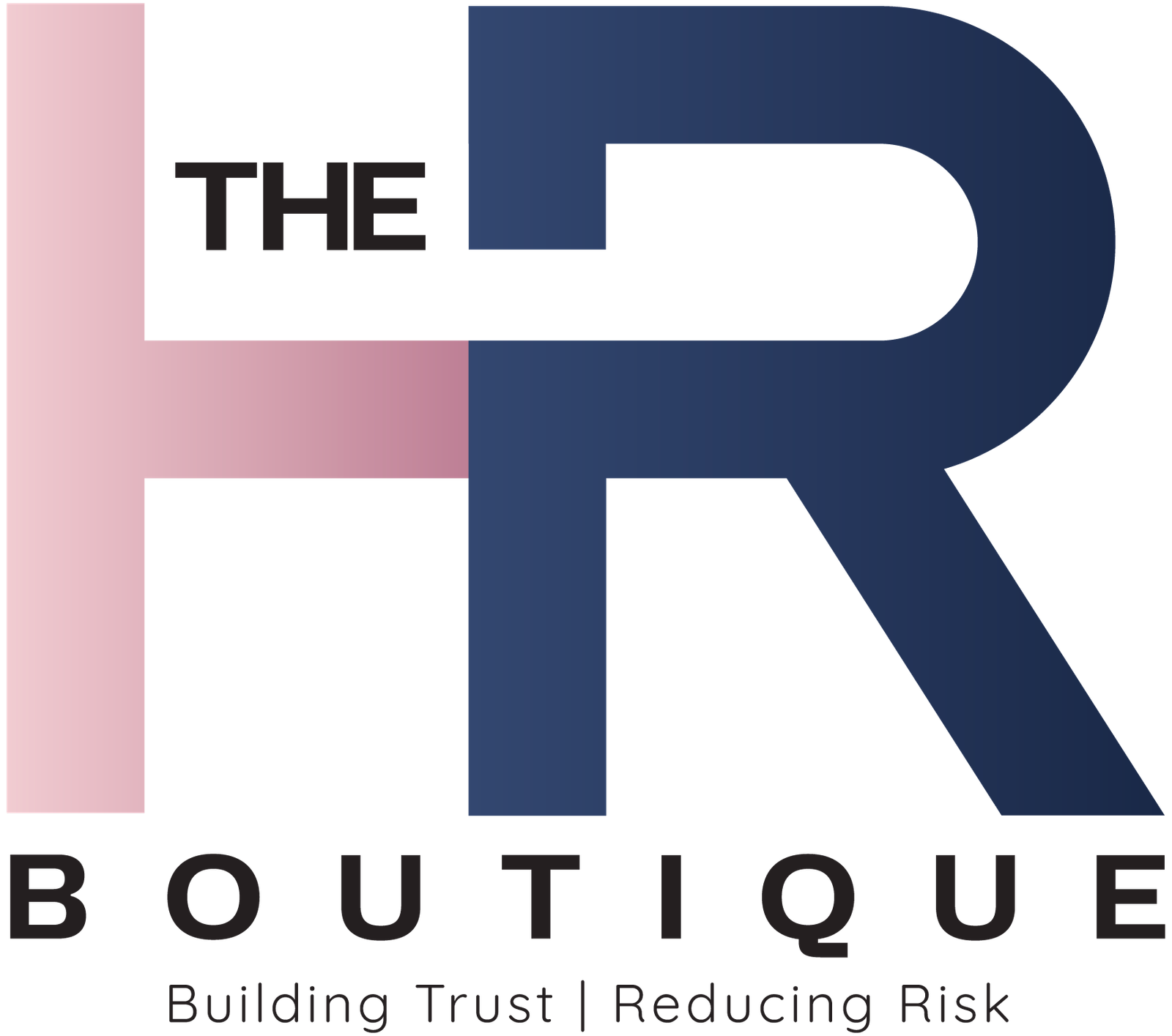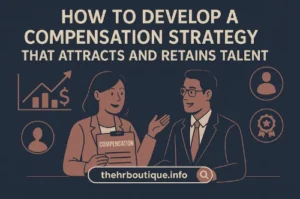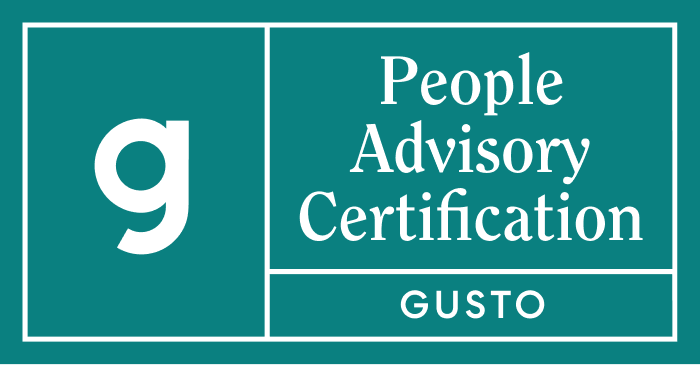Let me tell you a quick story. Last year, I was talking with Sarah, an HR manager at a mid-sized tech company. She was drowning – handling recruiting for 20 open positions while also dealing with payroll errors, benefits questions, and an employee complaint about their manager. Her team? Just her and one part-time coordinator for 150 employees.
“That’s insane,” I said. “You need at least two more people.”
She laughed bitterly. “Try telling that to our CFO.”
This is the reality for many companies. They either don’t have enough HR support or they have too many hands in the pot. So how do you find that sweet spot? Let’s break it down in practical terms.
The HR Staffing Reality Check
First, forget those generic “ideal ratios” you find in textbooks. In the real world, HR staffing depends on three key factors:
- What kind of company you are (a factory with 200 hourly workers needs different HR support than a 200-person law firm).
- How much HR work you create (high turnover? lots of employee issues? complex benefits?).
- What tools you’re using (stone age spreadsheets vs modern HR software).
Here’s what I’ve seen work across different companies:
For Small Businesses (Under 100 Employees)
- 1 HR generalist can handle about 50 employees if:
- You’re using decent payroll software.
- You don’t have crazy turnover.
- Managers handle basic employee issues.
- Need more if:
- You’re hiring constantly.
- You have complex compliance needs (like government contracts).
- Your employees need lots of hand-holding.
Real example: A 60-person marketing agency gets by with one sharp HR manager who outsources payroll and uses BambooHR for tracking.
For Growing Companies (100-500 Employees)
Now you need specialists:
- 1 HR manager to oversee everything.
- 1 recruiter (unless you’re not hiring much).
- 1 HR coordinator for admin work.
- Possibly 1 benefits/compensation person if your plans are complex.
Warning sign: If your HR team is constantly putting out fires instead of working strategically, you’re understaffed.
For Large Companies (500+ Employees)
This is where you build true HR departments with:
- Talent acquisition team.
- Employee relations specialists.
- Training/development staff.
- Compensation analysts.
- HR business partners assigned to departments.
The ratio here often settles around 1 HR pro per 80-100 employees, but it varies wildly.
The Hidden Costs of Getting This Wrong
Understaffed HR leads to:
- Bad hires (because recruiting gets rushed).
- Compliance mistakes (expensive lawsuits).
- Employee frustration (no one answers their questions).
Overstaffed HR leads to:
- Bureaucracy (too many approval layers).
- Wasted salary budget.
- HR people creating unnecessary work to justify their jobs.
How to Audit Your Current Setup?
Ask these questions:
- How long does hiring take? If it’s more than 6 weeks for standard roles, you might need more recruiters.
- How many payroll errors happen? More than 2-3 per quarter suggests your team is overwhelmed.
- Are managers constantly bugging HR for basic people issues? Then your managers need training, or HR needs more staff.
- Is HR always “too busy” for strategic projects? That’s a red flag.
The Bottom Line
Here’s my practical advice after 15 years in HR consulting:
Start with 1 HR person per 50-70 employees, then adjust based on:
- Turnover rate – Add 0.5 HR staff for every 10% above industry average turnover.
- Compliance needs – Highly regulated industries need 20-30% more HR support.
- Technology – Good HRIS systems can reduce staffing needs by 25%.
Remember: HR isn’t just a cost center. Properly staffed HR prevents expensive problems and helps your business grow.
What’s been your experience? Ever worked somewhere with painfully understaffed HR? Or seen the opposite where HR seemed overstaffed? I’d love to hear real stories in the comments.





